Hi there.
The internal note is about the last time the skin was repaired, but it’s written in shorthand. I can only decipher that:
The right side talks about the skin: Both sides are dog leather (犬両). Beneath that is 八又 which is likely a name, either the customer or reskinner.
I suspect the top left character is 時 which means that the top middle (十四, 14) means 2 PM. Beneath that, in the center, is 三 (3) and 十一 (11). This is likely the year and month - but it’s unclear.
Beneath what I presume to be 時 is カバンマリ - which is mysterious to me. I am pretty sure it’s a name (Kaban Mari), but I cannot be certain.
Anyway, moving on:
In terms of measuring, there are a few important dimensions for classing shamisen.
- The overall footprint length from tip of tenjin to tip of nakago.
We do this to learn if it is a tanzao (shorter/soprano) or seisun (full-size)
- The length and width of the dou’s flat side. Ignore the curve of the body.
We do this to learn the size of the dou in sun-bu-rin (i.e. nagauta vs. go bu dai)
- The width of the neck near the tenjin (although it can sometimes be worthwhile to also check near the center and near the dou).
We do this to class the instrument as hosozao, chuuzao, or futozao.
With all of this data, it is possible to guess at the maker’s intentions and perhaps class the instrument accordingly.
The measurements you’re showing, consequently, aren’t very helpful  . It’s difficult to exactly tell the length and width of the dou’s flat side with how you’ve measured it - particularly with the doukake still on! And measuring the length of the neck without accounting for the nakago and tenjin also fuzzes out my ability to accurate judge it.
. It’s difficult to exactly tell the length and width of the dou’s flat side with how you’ve measured it - particularly with the doukake still on! And measuring the length of the neck without accounting for the nakago and tenjin also fuzzes out my ability to accurate judge it.
Still, I can hazard a guess based on the neck’s width reading and the comparison image. You’ll want to double check your measurements, but I suspect it’s a tanzao or soprano shamisen. I’m guessing this because the your width picture shows 2.6 cm - a chuuzao reading. Further, the picture showing both instruments shows that, while they’re quite similar, the body is a little bit larger and the neck is a little bit shorter.
Of course, this could just be my eyes playing tricks!
So double check.
A tanzao will measure in at 90 - 95cm. A fullsize will measure in at 98 - 101cm
A nagauta body should be 19.7 x 17.88 and a go rin dai (a common body type for tanzao) is generally 19.85 x 18.03.
If my eyes are deceiving me and you find your body to match the go rin dai measurement, but that the length is ~98cm, you’ve got shamisen made with kouta or min’yo in mind.
If the body matches the nagauta measurement but the overall length matches the tanzao, well, it’s still a tanzao. However, the nagauta body may suggest it was made for a smaller person rather than as a soprano instrument.

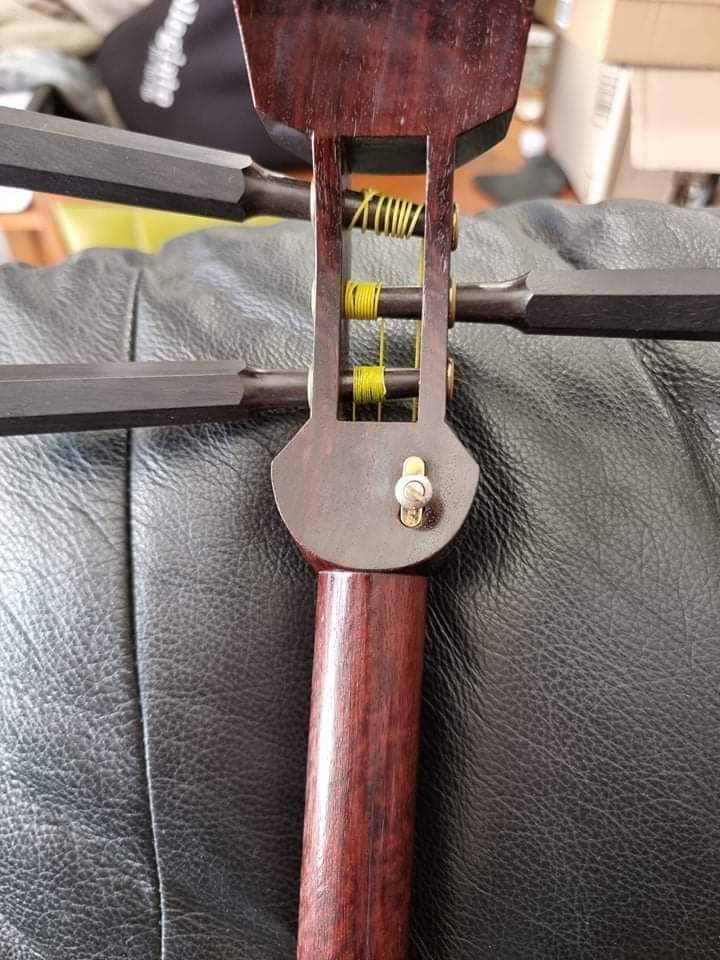
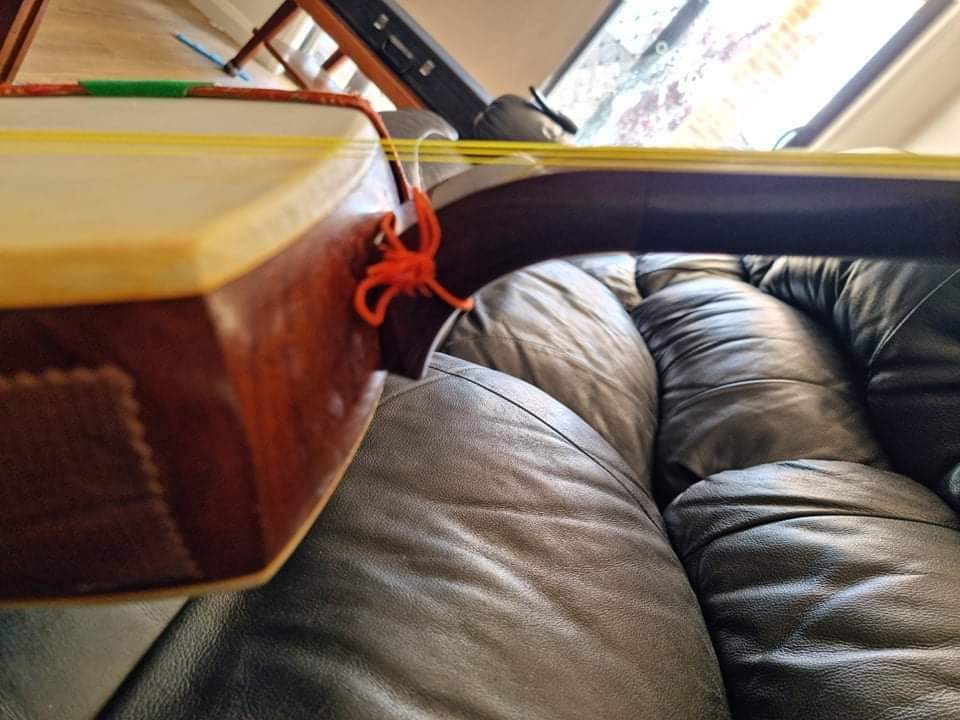
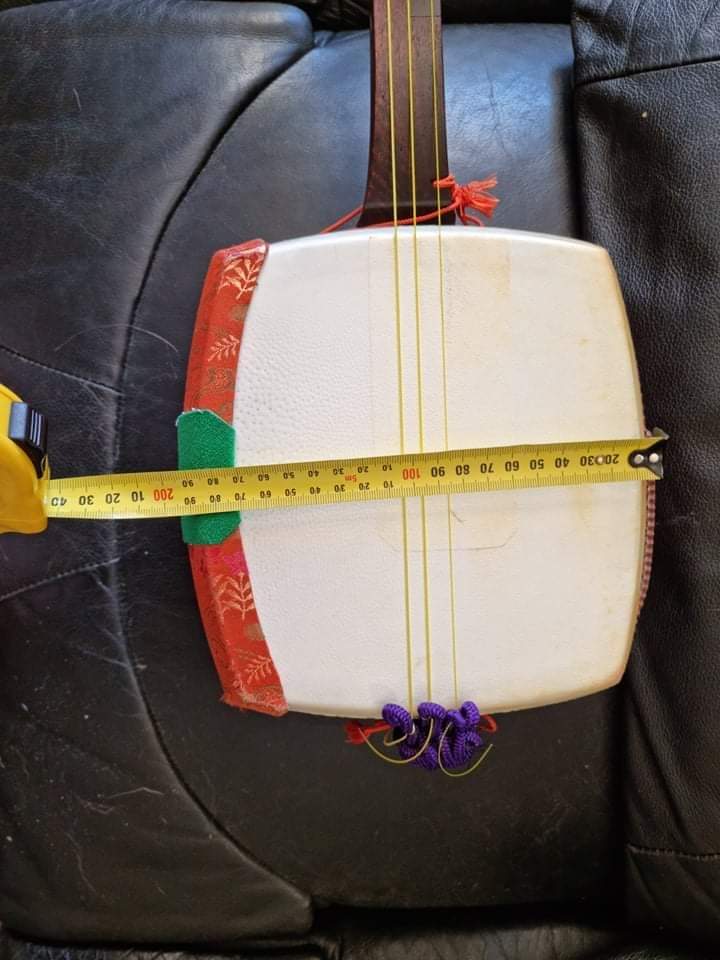
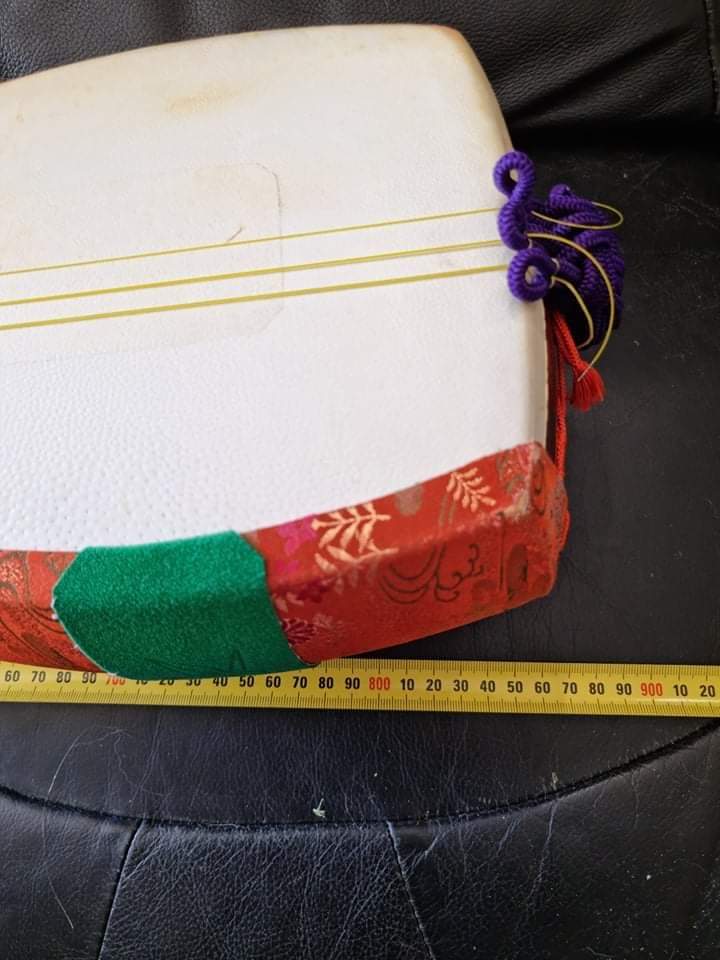
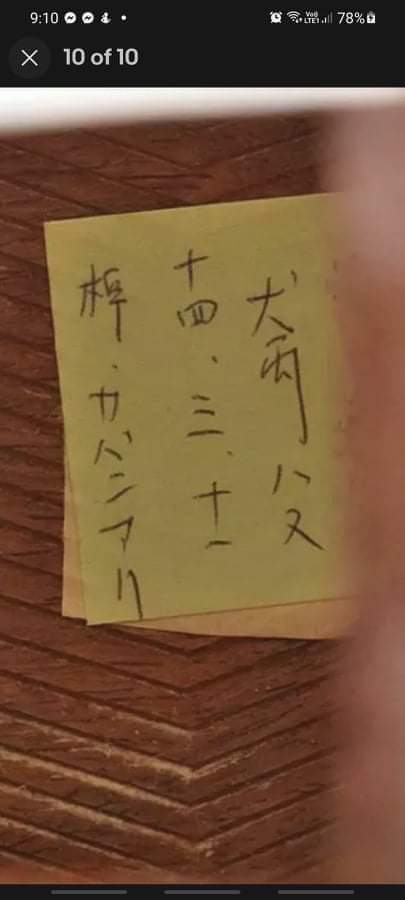
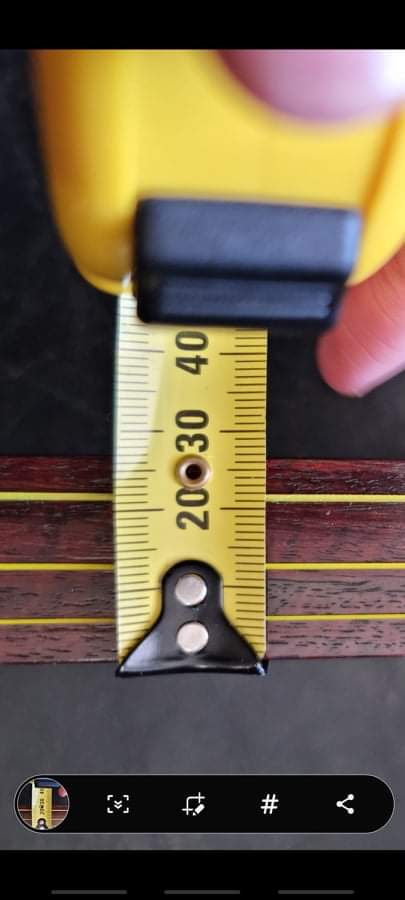
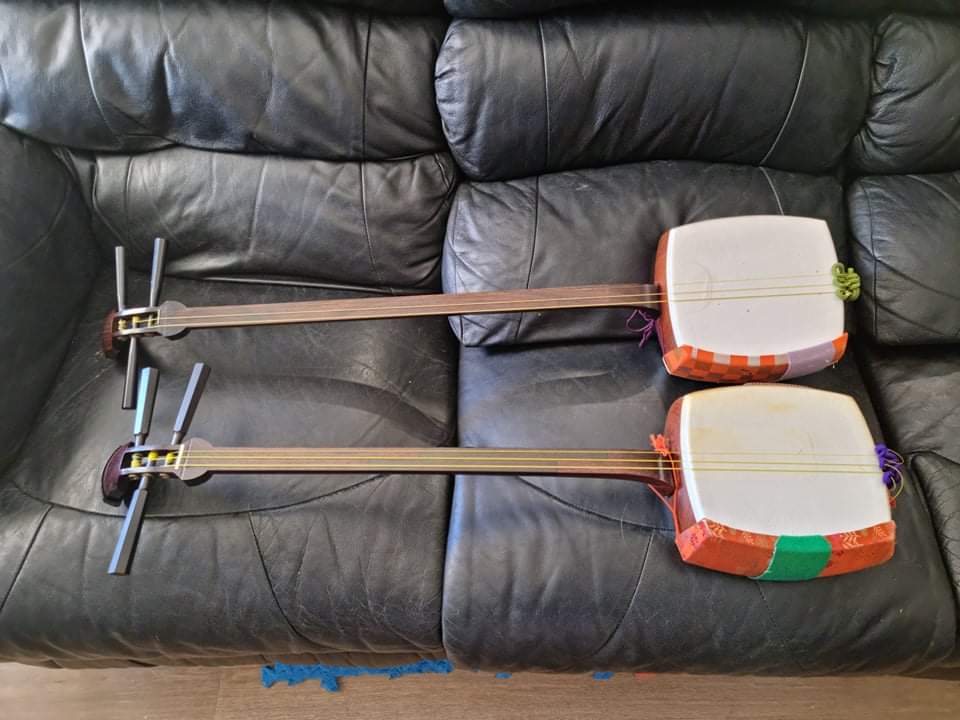
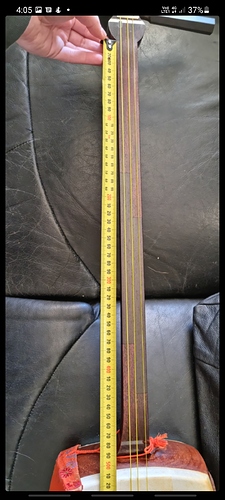
 . It’s difficult to exactly tell the length and width of the dou’s flat side with how you’ve measured it - particularly with the doukake still on! And measuring the length of the neck without accounting for the nakago and tenjin also fuzzes out my ability to accurate judge it.
. It’s difficult to exactly tell the length and width of the dou’s flat side with how you’ve measured it - particularly with the doukake still on! And measuring the length of the neck without accounting for the nakago and tenjin also fuzzes out my ability to accurate judge it.